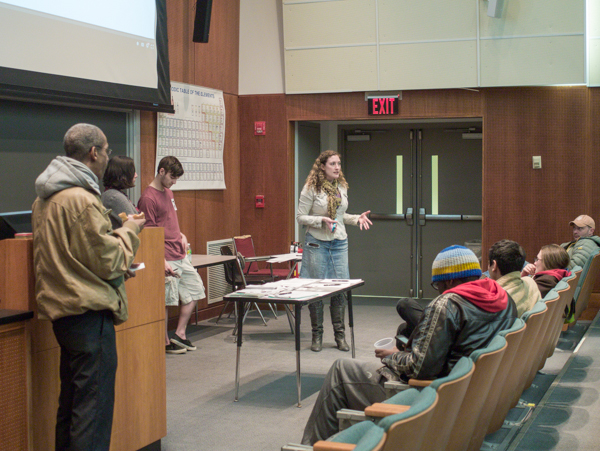

Just because they won the fracking battle, doesn’t mean the war is over.
There is a New York State ban on hydraulic fracturing by Gov. Andrew Cuomo, yet New York can still use natural gas as a fuel option and develop infrastructure supporting it.
There is currently a proposal to have Liberty Natural Gas develop a facility called Port Ambrose which would include building a deepwater port in federal waters in the New York Bight to import gas in a liquid state. Liquefied natural gas (LNG) is a natural gas that has been converted into liquid form for ease of storage or transport … up to -260 °F.
The location of the proposed site is near the entrance of the New York and New Jersey Harbor, 18.5 miles southeast of Jones Beach, New York, according to New Jersey’s Asbury Park Press. The port would consist of permanent, anchored buoys where tankers would dock and vaporize the gas. A proposed 21 mile underwater gas pipeline would transport the gas from the port to an existing transcontinental pipeline at a point in the lower New York Bay.
On March 12, the New York Public Interest Research Group (NYPIRG) sponsored an event on the SUNY New Paltz campus entitled, “Love NY: Don’t Frack It Up,” dealing with the possible dangers of liquefied natural gas, or LNG in New York. An episode was screened of the online documentary series by Lovenydontfrackitup.org, featuring New York’s Rockaways.
Supporters of this method of natural gas argue that this LNG port would assist in local job creation and a reduction in energy costs, but New Paltz NYPIRG intern Amanda Ruchak said that this comes at a greater loss than gain. On the same day the state banned fracking, the Cuomo-led Long Island Power Authority rejected a massive wind farm off of Long Island.
“It’s an uphill battle,” Ruchak said. “If we’ve banned fracked gas, we don’t want it pumped back in New York.”
This is not the first time liquid natural gas has been attempted in New York, according to Ruchak. In 1973, an explosion of a LNG tank on Staten Island killed 40 workers, a piece of history Ruchak said she does not want to see happen again.
Recently, the application for the LNG port and gas pipeline off the coast has been delayed by federal agencies due to an overwhelming amount of public comment, but the final decision is still up in the air.
“There’s still a lot of work to do,” Ruchak said about stopping the LNG facility. “New York is one of the few states that has banned fracking. It really impacts climate change. We still have to fight this.”
She said she believes investing in infrastructure where local municipalities are in control will help push renewable energy options forward.
“We need to take away the power from large corporations and give it back to the people,” she said.
NYPIRG is currently working on promoting a restructuring of New York’s energy industry.
According to the Intergovernmental Panel on Climate Change, maintaining the current energy infrastructure is projected to cost $30 billion over the next decade. As stated in information provided by NYPIRG Project Coordinator Eric Wood, the Reforming the Energy Vision initiative seeks to define pollution reduction standards, efficiency measures, incorporate goals for renewable energy along with other regulatory standards.
